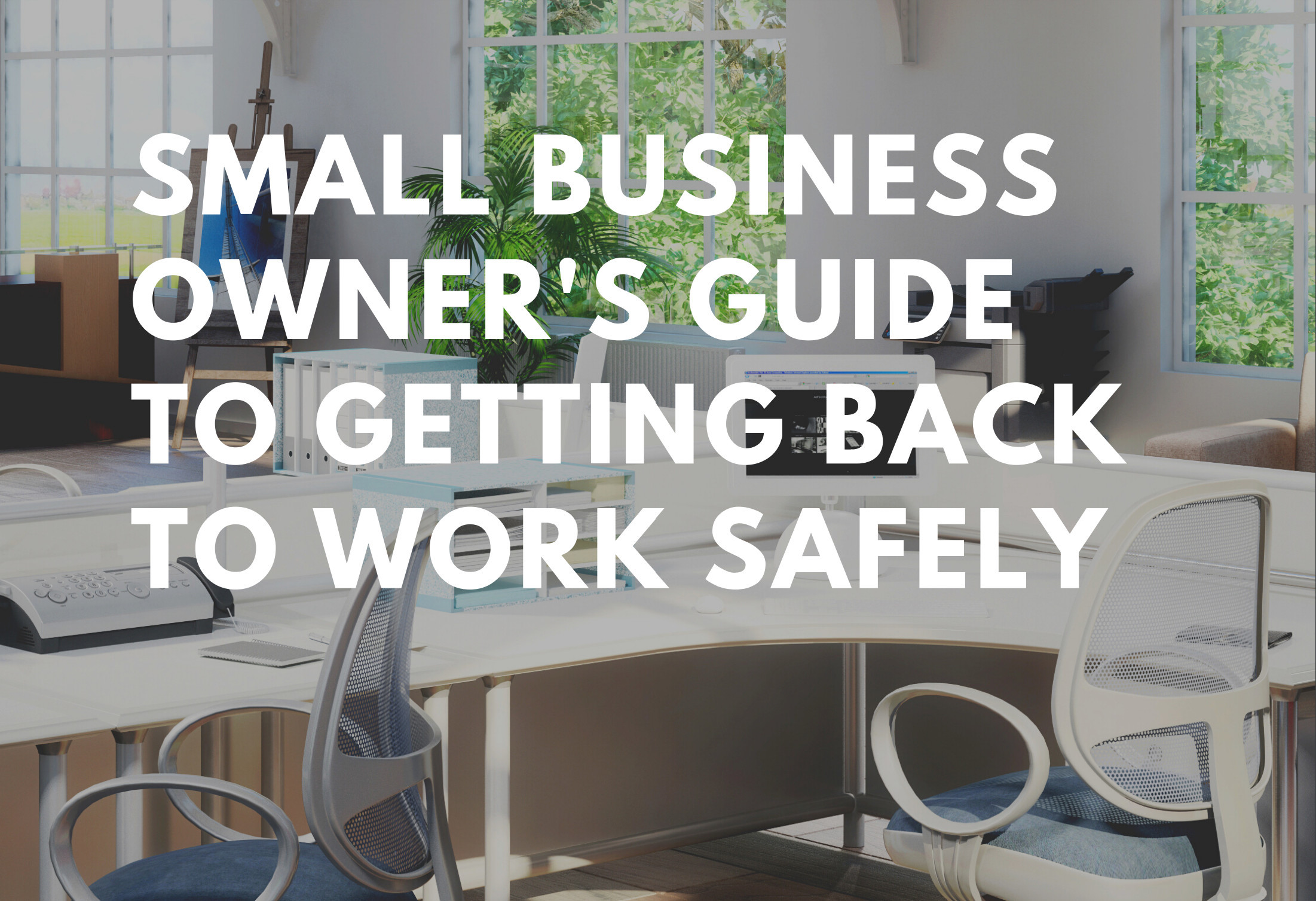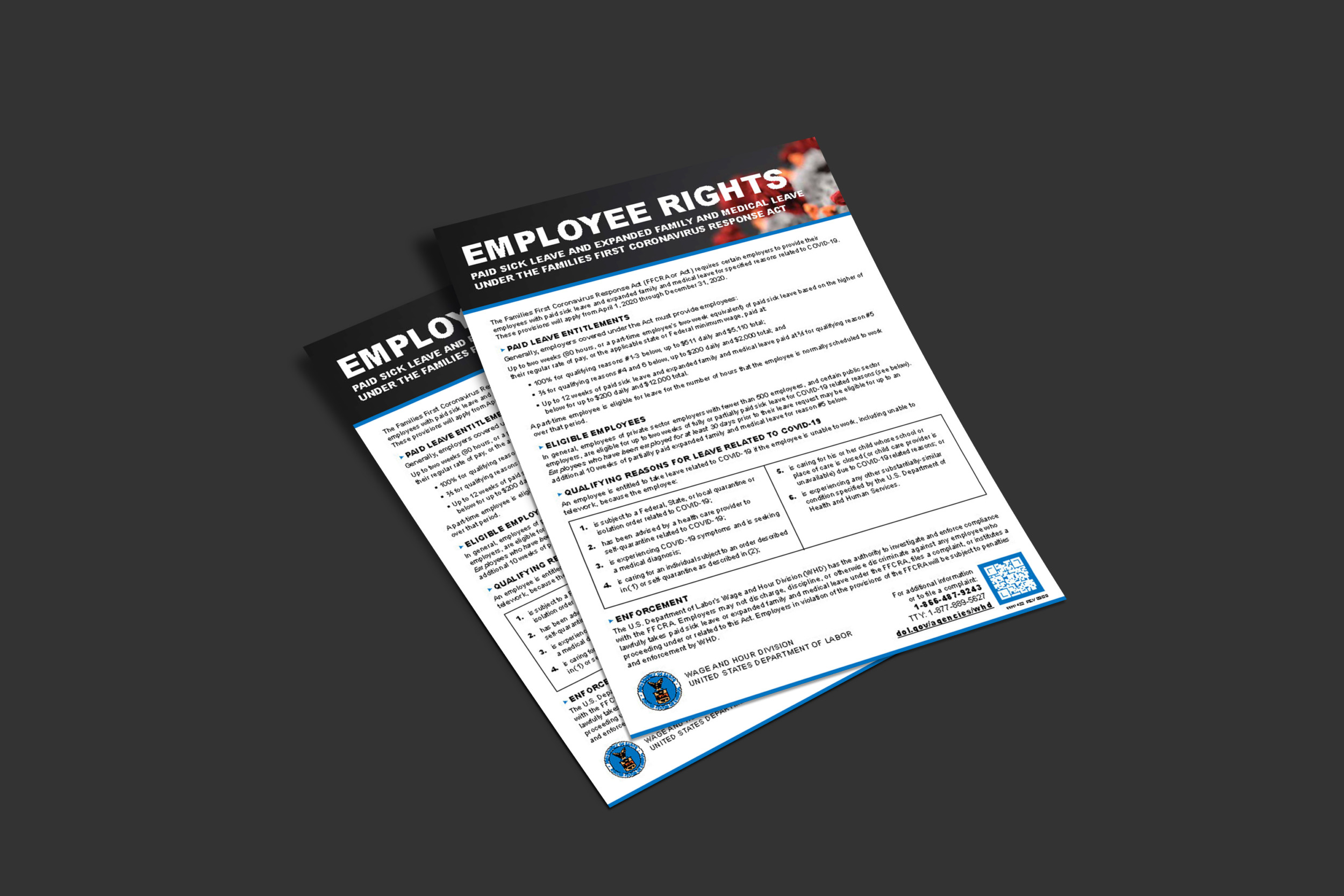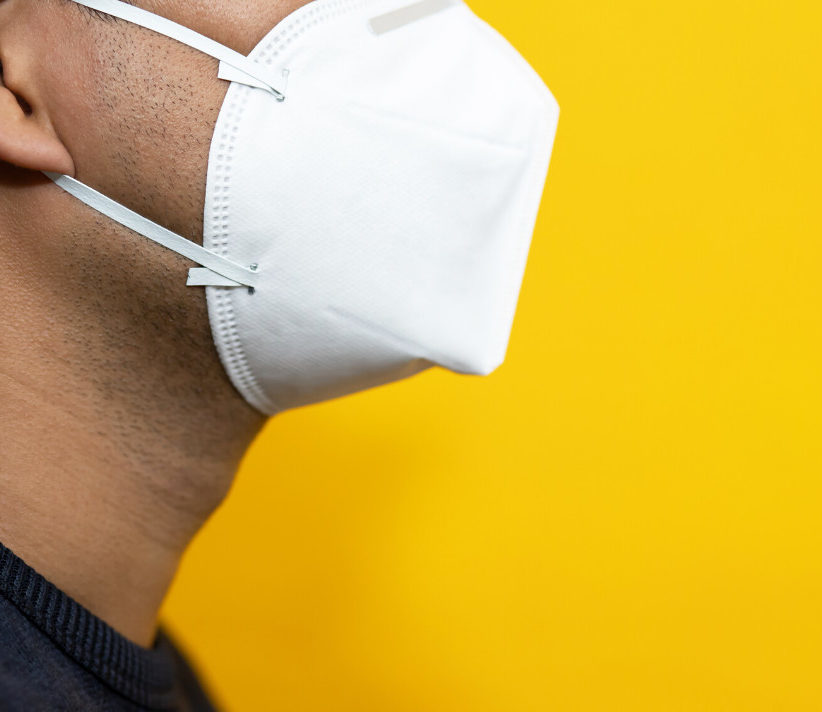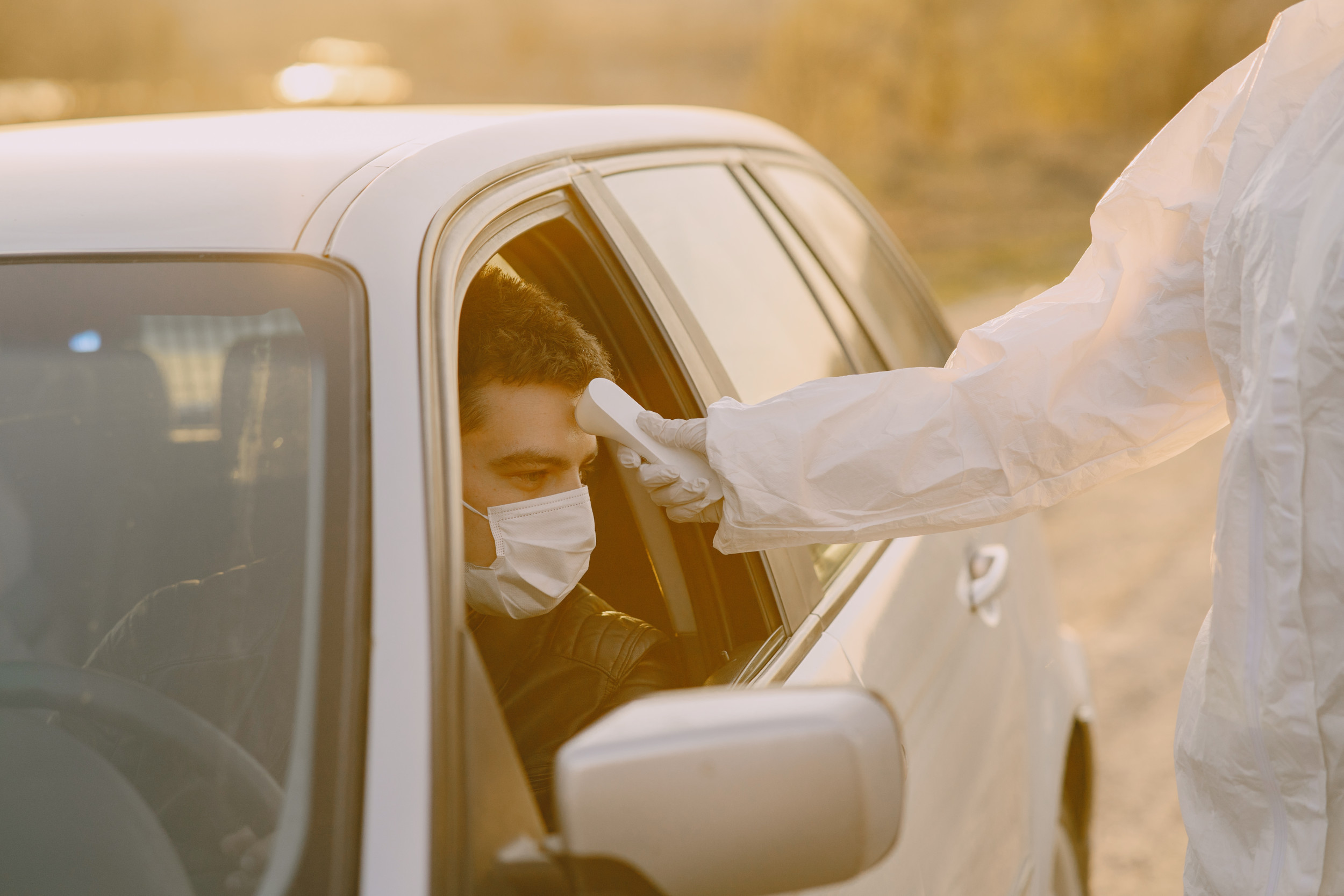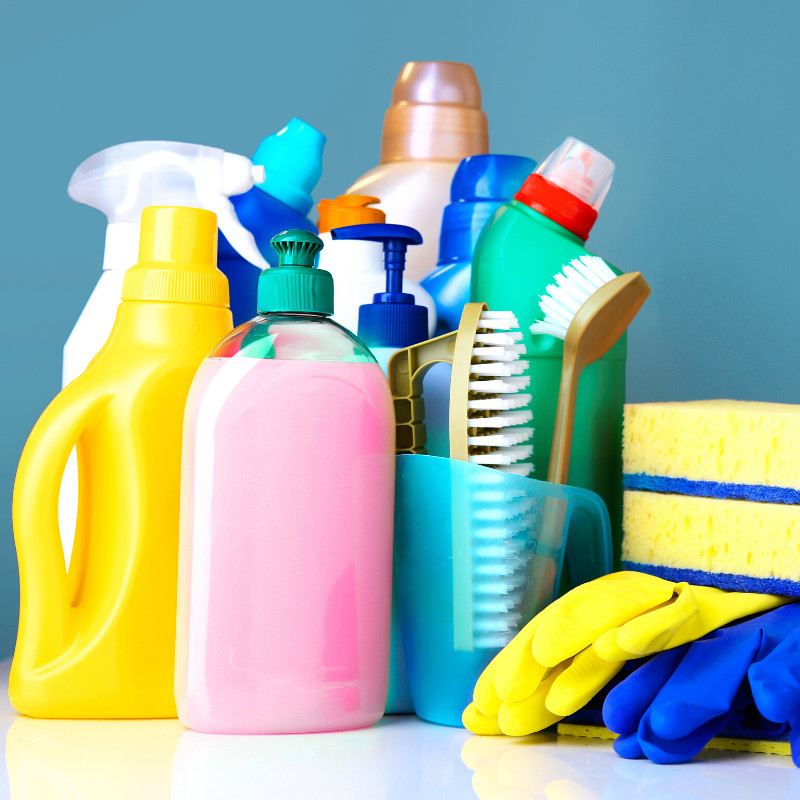Getting Back to Work Safely
Creating a safe work environment
As Michigan gets back to work, it is crucial to maintain a safe work environment for your employees and for any members of the public that you may encounter. On August 13, 2021 MIOSHA encouraged employers to follow updated CDC guidance to contain the spread of COVID-19. On September 9, 2021 President Biden mandated businesses with 100 or more employees require their employees to get vaccinated.
This web page should serve as a guide and checklist to help guide you through the creation of a preparedness plan and getting back to work safely. Please check back here regularly as we will update it with new guidance from the State of Michigan and CDC.
While no longer required, many businesses are utilizing portions of the COVID-19 Response & Preparedness Template. Click here to download.



